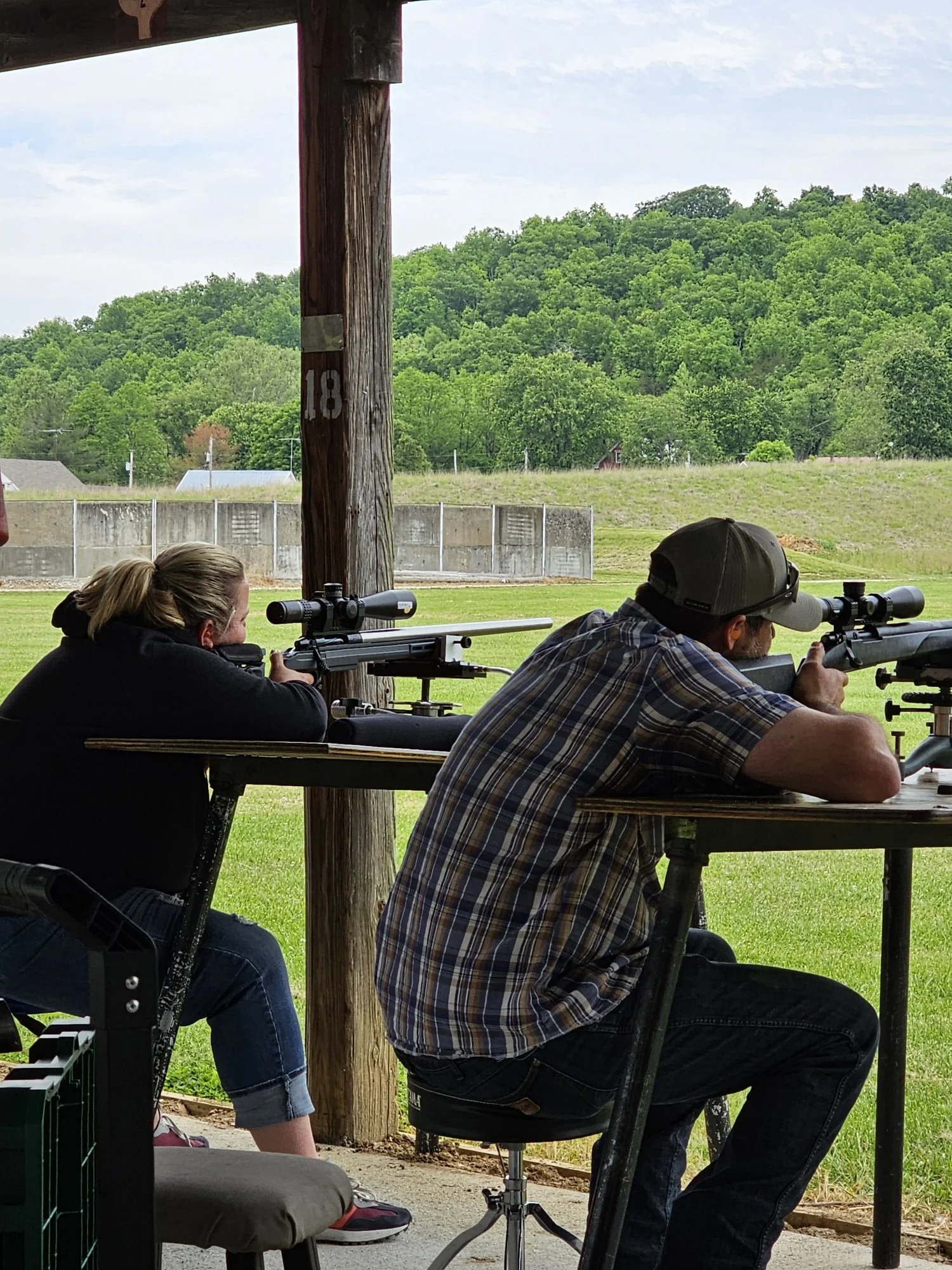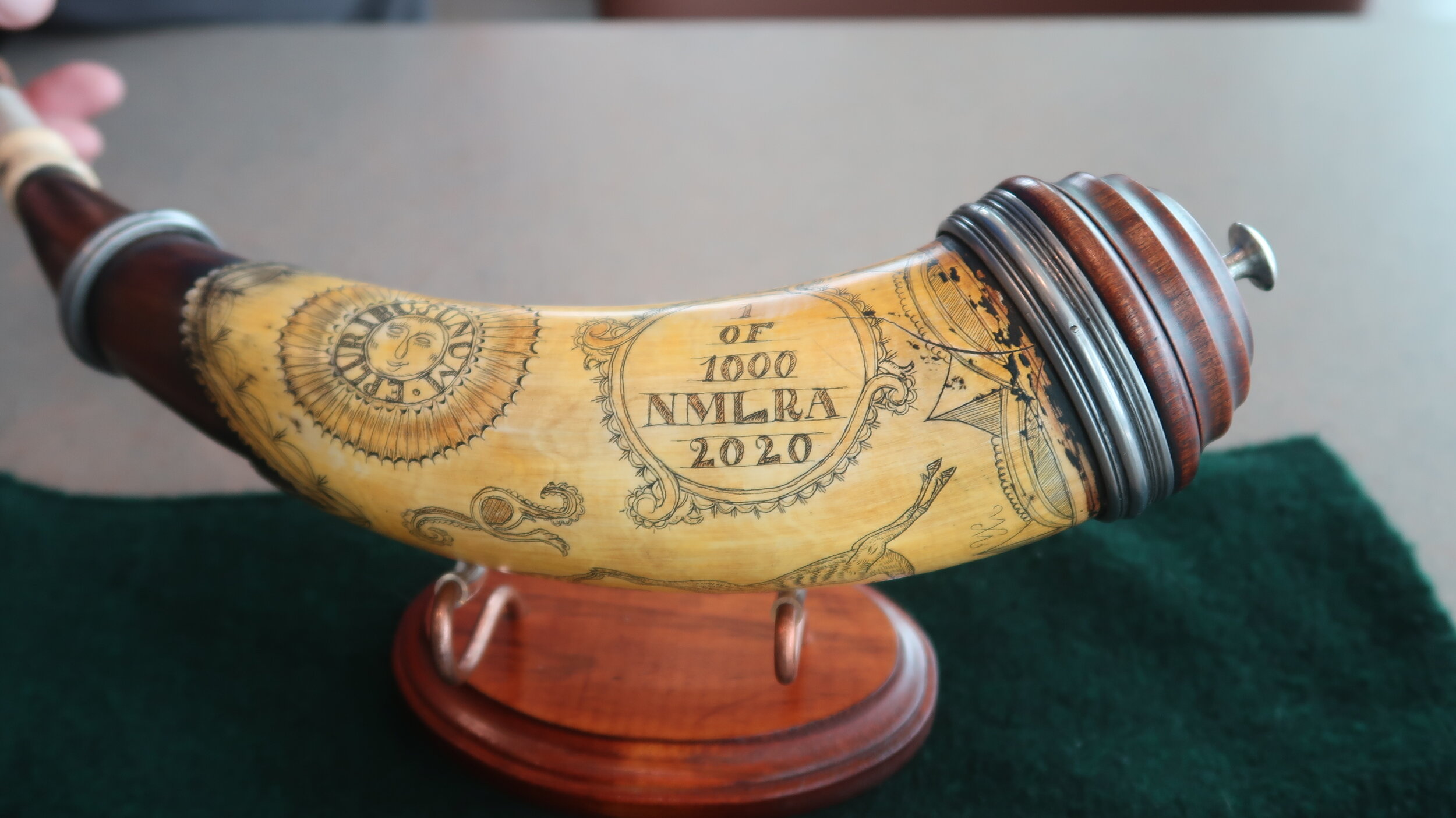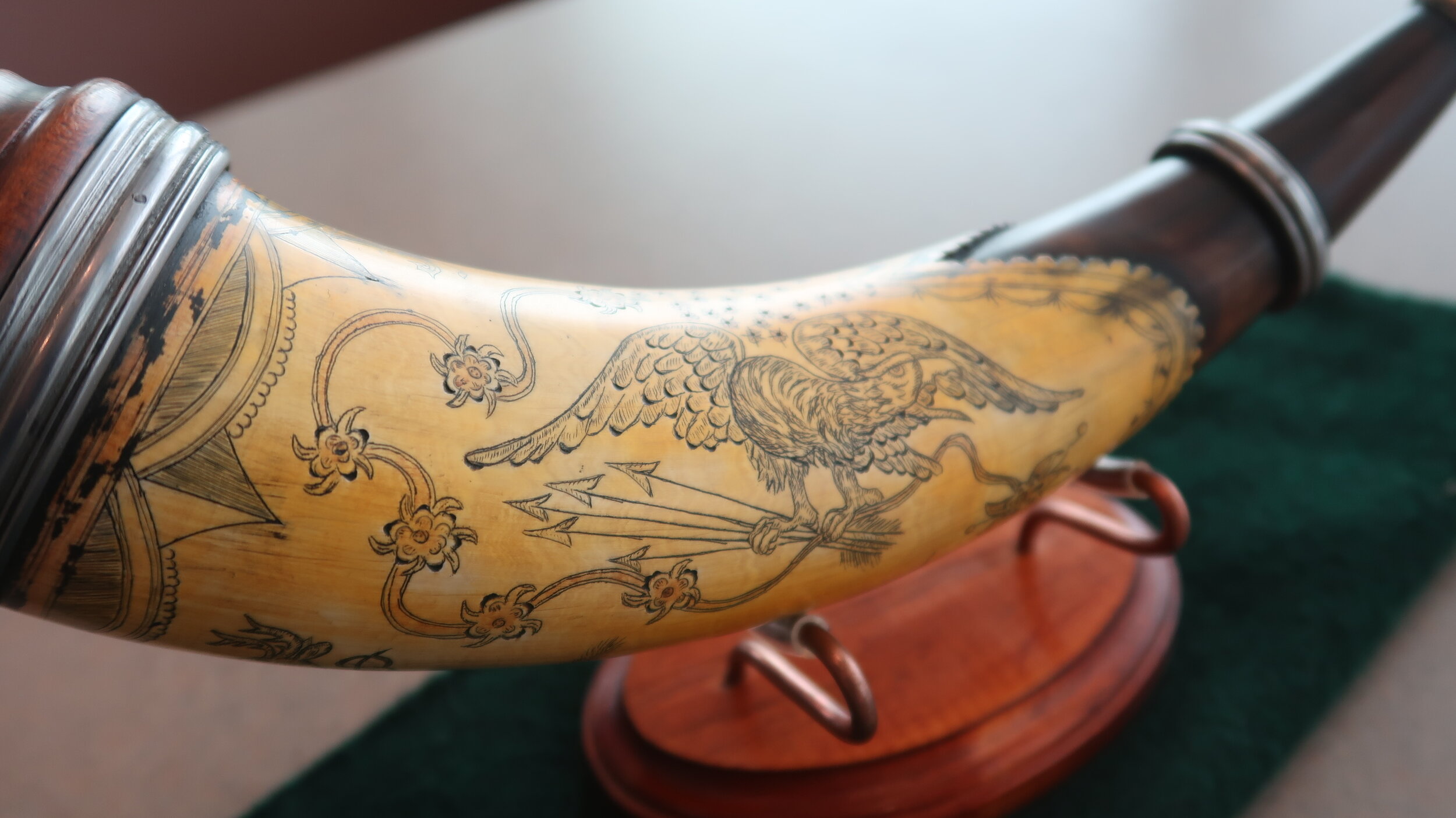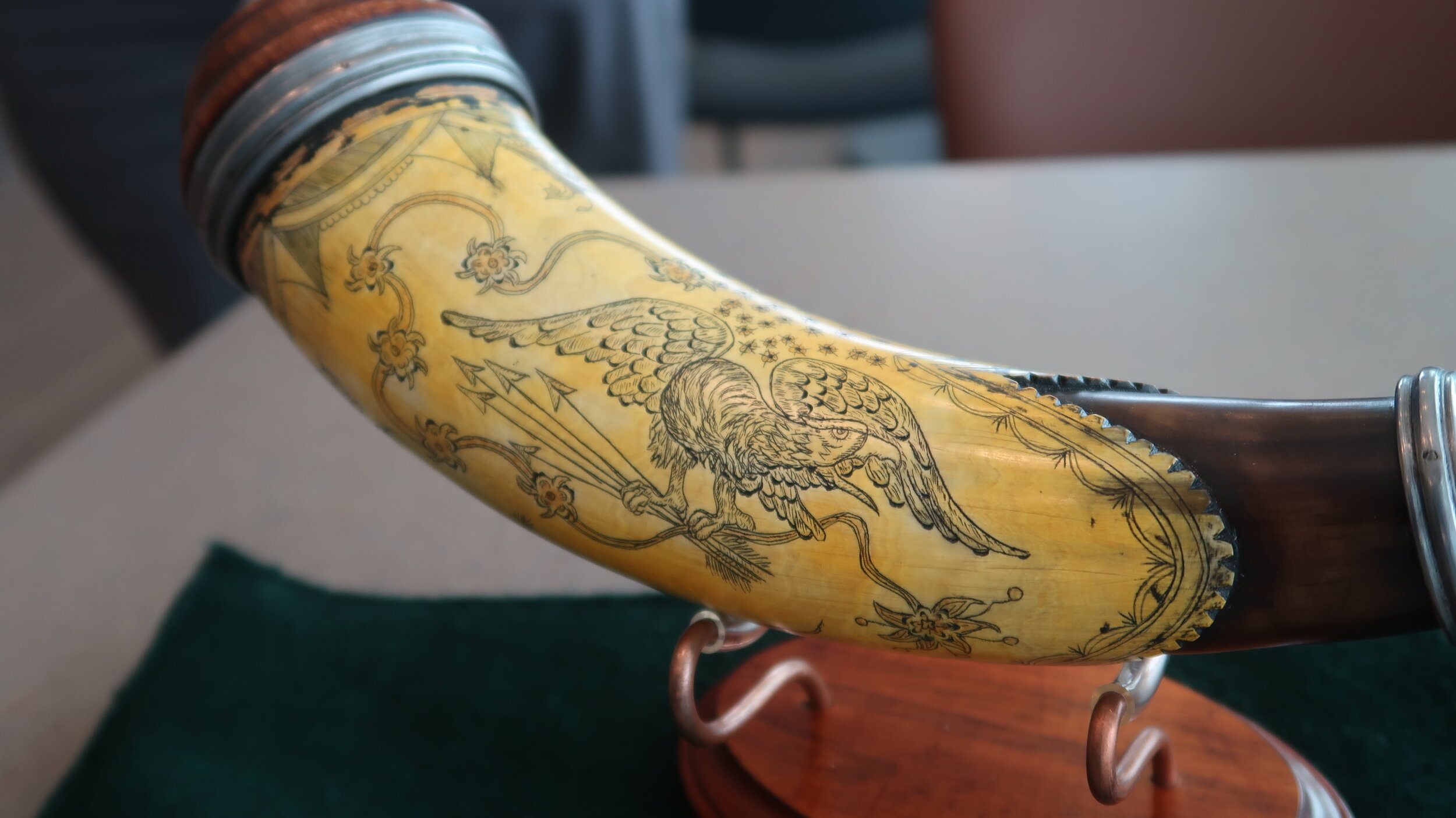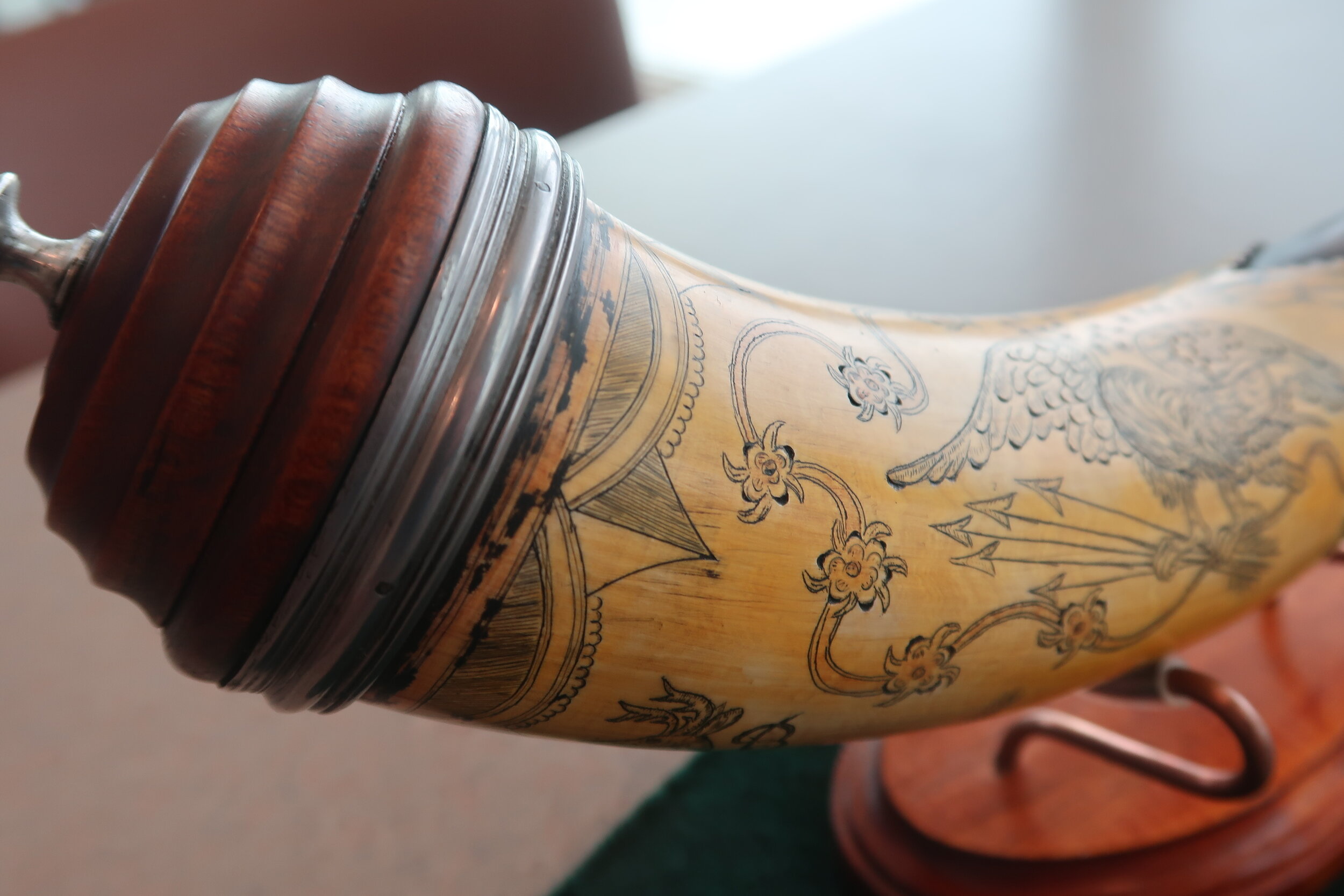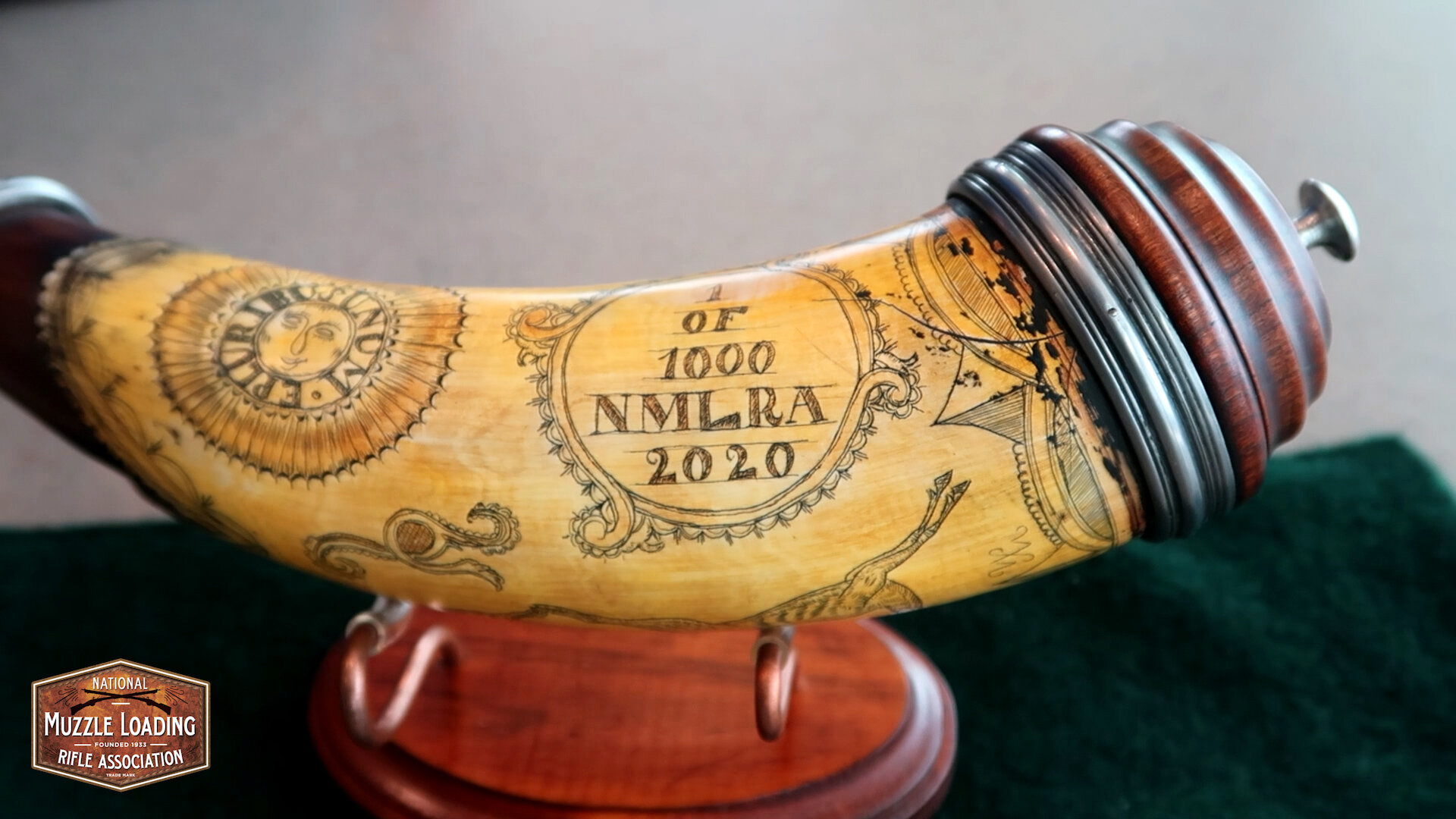February can be one of the dreariest months on the calendar in terms of weather. So we normally fill this month with historical and outdoor sports and living history expositions. Unfortunately the national and local shows have mostly been shelved until much later in 2021. We do feel regret for all who looked forward to the February SHOT Show in Las Vegas; the February Great American Outdoor Sport Show in Harrisburg; the 18th Century Artisans Show in Lewisburg; the historic Kalamazoo Living History Show in Michigan during March; as well as the Honourable Company of Horners 25th Anniversary Convention at the U.S. Army Heritage and Education Center in Carlisle, PA; and oh so many others who have been disappointed by their closures and/or reassigned dates later in 2021.
But this month does hold the promise that we might finally put the Coronavirus and cabin fever behind us as we increasingly get vaccinated and build up the hoped for “herd immunity.” It has been a long road since last year’s realization that the Coronavirus would not be a quick
or easy enemy to defeat. But it also taught us that when you’re shooting or sports team can’t seem to find victory, it sometimes pays to go back to the basics. And here at Muzzle Blasts we can help you get started back in the basics of our culture with some fun and thought provoking features.
So let’s get started with a little bit of basics with “Cold Weather Muzzleloading” with the Bevel Brothers. “So here we are in the dead of winter, socially distant and a little bit stir crazy to boot. There’s nothing left to look at on TV, I’ve already spent way too many hours in the basement fixing stuff that’s been broken for years and making new stuff to put in my shooting boxes. So when I get sick of looking at yet another jigsaw puzzle on the dining room table I reach for my trusty flintlock squirrel rifle and head outside. With an apple in my pocket and maybe a piece of cornbread and a little bottle of water I’m ready for a day in the woods and a fried squirrel for supper.”
For those who are looking to get together for some good old-fashioned black powder shooting with friends, take a look at a club that shoots every month during the cold of winter. Doug Zaffino writes in Charter Club Chatter, “The reason I am talking about Erie is I want to introduce everyone to the Fort Erie Muzzleloading Club on the outskirts of Lake Erie. I have been holding off on writing about these guys, as they shoot all winter. Not a lot of clubs shoot throughout the winter. So if you find yourself with an itchy trigger finger, drop in, and throw out some lead with a fun bunch of guys. Who knows, maybe a snowball or two. LOL! Maybe they could be talked into a cup of hot chocolate after the shoot. Fort Erie has quite a heritage that these boys are justifiably proud of. You’ll notice that their original charter was signed by Max Vickery back in 1970!”
Our “Blasts from the Past” feature this month takes you back to Civil War Horse Pistols. Peyton Autry wrote in the February 1974, “As a boy growing up in the Ohio River hills of southern Indiana I was always fascinated by what was then known as the "big old horse pistols." Most of these were "hand me downs" from friends and family who saw service in the great four-year conflict between the blue and the gray. Actually this term "horse pistol" is really pretty accurate since these hefty long barreled .44 cal. six shooters were carried as sidearms by officers and cavalrymen.”
Do you need more basic black powder how-to? Well, let’s allow Fred Stutzenberger to finish what he started in Part I of the Hawken Halfstock How-to with Part II. “This S. Hawken rifle was probably more at home on a migrant’s wagon than across a Mountain Man’s saddle. Part I of this series provided a step- by-step protocol for the cleanup and final fitting of the hooked breech assembly, followed by inletting of the Hawken percussion lock for proper alignment with the nipple. The other major differences between the Hawken Mountain Rifle and the traditional Pennsylvania/Kentucky rifle construction are the trigger & guard assembly and the assembly and installation of the under-rib. They are problematic to the novice Hawken builder and therefore will be addressed here.” Speaking of Pennsylvania Longrifles, you will notice another addition to historical fiction with “The Gunmaker’s Masterpiece” by Jim Bowman. You are taken back to a time when everyone needed and owned a muzzleloading gun. He writes; “This is not a story. It’s a legend. The tale is one of a marvelous piece of American craftsmanship that truly altered the course of history.
“It was cold in the little workshop but the people who lived in this part of the Pennsylvania colonies were used to the brutal winters they were forced to endure. Joseph pulled his collar up a bit to fight back the chill, but his eyes never left the beautiful piece of maple wood that lay before him on his workshop table. He had harvested it himself and split the log down to the board that now was starting to more and more resemble a rifle stock. He was thrilled to see the figure, the design of lines that had jumped out insuring that this was a very special piece of wood. It was so special in fact that
it inspired him to decide that this rifle was going to be his masterpiece. He had built many rifles and his reputation as a gun maker was well known far and wide in the colonies. His flintlocks had provided food and protection for many families and it had become a great statement of pride to own a Joseph Wells rifle. They were beautiful and they were accurate.” Born from necessity, Barry Strickland explains how to make a “Tripod Ball Vise.” Designed for both new aspiring gunsmiths and old guys anxious to learn new tricks, Strickland writes,” For many years I have stood at a bench and worked on my projects. In the last few years my legs just don't like standing for long periods of time. I really wanted a vise I could conveniently work at while sitting on a stool. As I considered this I thought about the ball vises used by engravers and how efficient their articulated movement was for engraving work. So, I thought why not design one for woodworking in a much larger scale. I sketched out a few designs and finally settled on one.”
And speaking of good old-fashioned fun, Lowell Gard has come up with a new angle: Muzzleloaders Crossword Puzzle. That’s right, it’s high time to put your black powder belching, muzzleloading, head scratching, primitive shooting intellect up front to a challenging old-fashioned game. So put another log on the fire, trim the wick on your beeswax candle, settle back into your favorite chair next to the table, bite the pencil lead sharp, and take on some February fun!
Keep your nose to the wind and yer back green, pilgrim. I’ll be checking on you in March
Dave Ehrig










